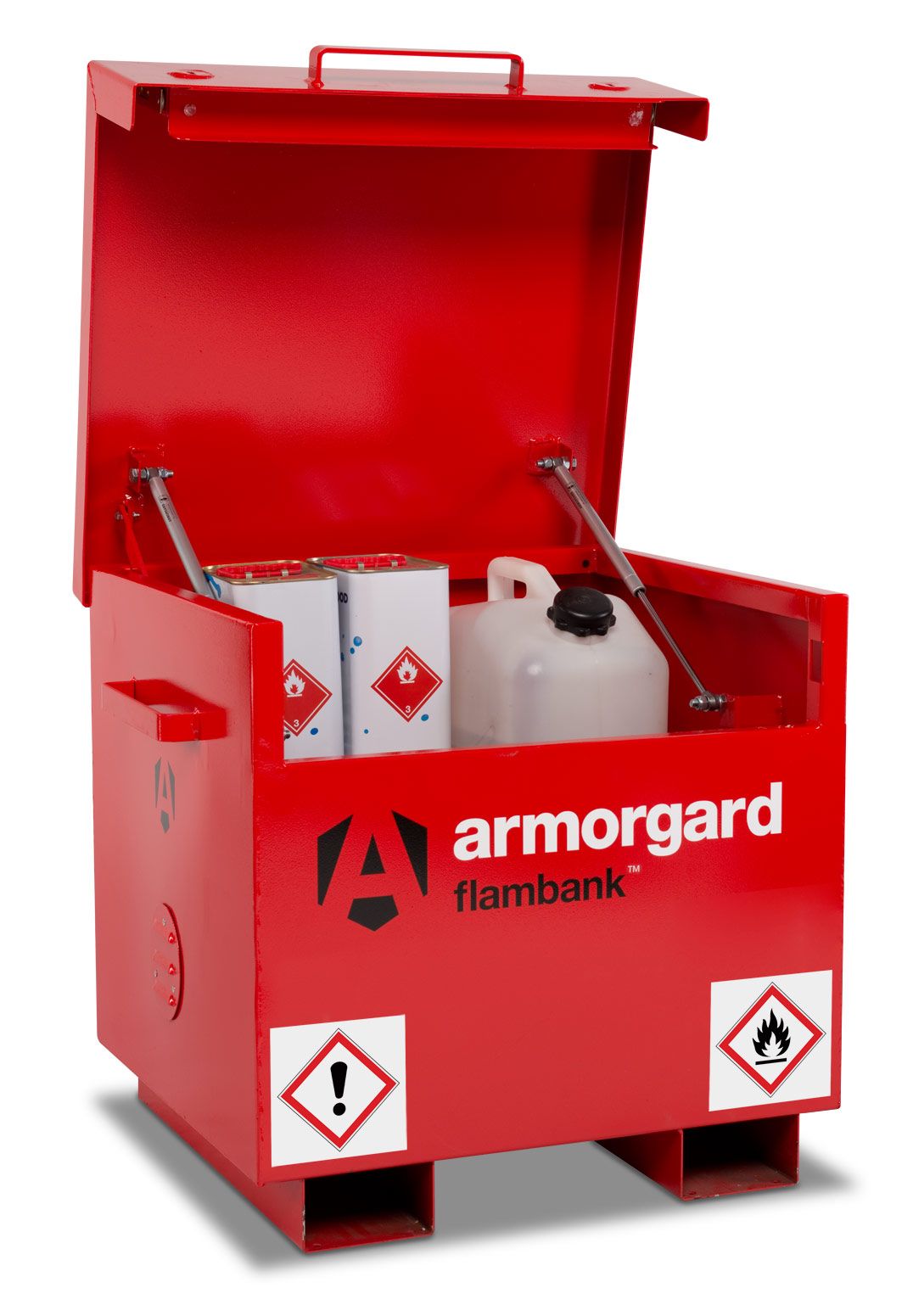The provision of safety gear in construction is dictated by specific workplace risks and regulatory requirements. This guide outlines the primary types of safety gear, reflecting a pragmatic approach to workplace safety in line with UK standards.
 Over 12,000
Over 12,000  Simple no quibble
Simple no quibble  Prompt dispatch &
Prompt dispatch &  UK Mainland Delivery
UK Mainland Delivery
The provision of safety gear in construction is dictated by specific workplace risks and regulatory requirements. This guide outlines the primary types of safety gear, reflecting a pragmatic approach to workplace safety in line with UK standards.
Posted in Health and Safety
In the following guide, SafetyBuyer explains how investing in good flooring and workplace safety can help employers to avoid these costs, and ultimately see a vital return on investment (ROI). Doing so is a win-win for both employers and the people who occupy their workplaces.
Posted in Safety Signs and Health and Safety
In the UK, where wet weather is a common occurrence and workplace safety regulations are stringent, the significance of anti-slip flooring cannot be overstated. Whether due to rain or indoor spills, slip hazards can be created in many workplaces, and employers have a duty to protect their workers from injury in potentially dangerous conditions.
Non-slip or slip-resistant flooring is a vital component in preventing accidents and ensuring a safe environment for employees, customers and the public. In the following guide, we explain how to choose the right non-slip flooring solutions for your requirements, and what you should be aware of to make sure you remain compliant with health and safety laws.
Posted in Health and Safety
In the cold winter months, slippery surfaces become an everyday hazard as rain, ice and snow present a perilous obstacle to both employees and visitors on your business premises. Wet and icy conditions increase the likelihood of slip and fall accidents, which can result in serious injuries.
SafetyBuyer understands the importance of maintaining safe and secure flooring during the winter months. In the following guide, we explore ways to make sure your premises' floors are walkable and safe during bad weather, and the safety solutions that can help you achieve this.
Posted in Health and Safety
Floor safety is a significant contributor to workplace accidents, and depending on the industry, slips, trips and calls can lead to serious injuries - even death.
Here, the experts at Safety Buyer guide you through the benefits of these simple yet effective safety enhancements.
Posted in Health and Safety
Anti-slip flooring is often a vital part of a workplace's health and safety efforts. Whether there is a particular risk factor that makes slips and trips more likely, or if a business simply aims to reinforce health and safety and minimise the chances of an injury, installing anti-slip flooring can deliver slip resistance in high-traffic areas and significantly reduce the likelihood of an accident.
Here, the team at SafetyBuyer discusses the circumstances in which non-slip flooring is the perfect solution to address the risks of trips and falls, and explains the science behind the technology that makes anti-slip products so vital for health and safety compliance.
Posted in Health and Safety
Statistics from the UK's Health and Safety Executive (HSE) show that slips, trips and falls are among the most common workplace accidents. The injuries that can result from these accidents range from minor to severe, and this is especially frustrating because businesses can minimise the risk of this type of incident by following suitable health and safety protocols.
Trips can often be prevented through the use of floor markings, and in fact, are not the only type of accident that can be avoided in this way. Collisions between pedestrians and vehicle traffic are among the most common accidents that result in fatalities in the UK, but employers can significantly reduce the risk of an incident using floor tape to demarcate safe areas and pedestrian walkways.
In some industries, floor marking tape is a legal requirement, while in others it is simply best practice to use it. Here, the workplace safety experts at SafetyBuyer explain how floor marking tapes reduce the risk of accidents, and how you can use them to avoid some of the most common incidents and injuries.
Posted in Safety Signs
Stair safety is a topic that often gets overlooked, yet it is vital for preventing avoidable accidents in both public and private spaces. One important element that can dramatically improve the safety of stairs is anti-slip stair nosing.
Here, SafetyBuyer provides a comprehensive guide to anti-slip stair nosing, walking you through its basics, its numerous benefits and the different types and products available.
Posted in Safety Signs
Slippery floors, often found in homes, workplaces, and public areas, pose a significant risk of accidents. From kitchens with oil spills to wet bathroom floors and entranceways dampened by British rain, the danger of slipping is a constant concern. These slips can lead to serious injuries, impacting individuals and potentially leading to compensation claims and reputational damage for businesses.
Posted in Health and Safety
The use of chemicals in production is often indispensable. From automotive manufacturing to pharmaceuticals, chemicals play a pivotal role in engineering and innovation. However, the storage of these chemicals comes with its own set of challenges and responsibilities, particularly in adhering to the Control of Substances Hazardous to Health Regulations 2002 (COSHH). This article guides you through the intricate process of selecting the right chemical storage cupboard for your production facility, ensuring both safety and compliance with COSHH regulations.
Posted in Coshh and Spill Control








